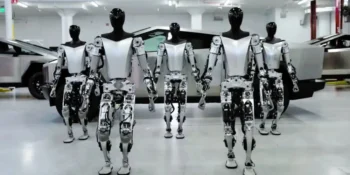Key Points
- Researchers developed a 3D-printed plastic scintillator detector for particle physics. The T2K experiment’s SuperFGD detector consists of two million plastic cubes.
- 3D printing offers a faster, cost-effective alternative to traditional assembly methods.
- The new FIM technique improves manufacturing by combining FDM and injection molding.
- The 125-voxel SuperCube performed comparably to conventional detectors in cosmic particle tests.
An international research team led by experts from the Department of Physics has demonstrated that additive manufacturing (3D printing) can effectively produce large-scale plastic scintillator detectors for particle physics experiments.
The T2K Collaboration, which studies neutrinos, recently upgraded its experiment with new detectors, including the SuperFGD. This 2-ton detector comprises around two million plastic scintillator (PS) cubes that emit light when a charged particle passes through them. These cubes, equipped with optical fibers, allow researchers to track particles in three dimensions.
Building such detectors manually is time-consuming and expensive. Professor Davide Sgalaberna and Professor André Rubbia, collaborators from ETH Zurich, CERN, and other institutions, developed a fully 3D-printed PS detector to address this. Their findings were published in Communications Engineering under the 3DET Collaboration, which explores efficient methods for constructing large-scale detectors.
PS detectors have been instrumental in tracking charged particles since the 1950s. They contain fluorescent materials that emit light when excited by passing particles. Optical fibers shift this light’s wavelength, enabling its detection. Traditionally, these detectors are assembled from numerous small cubes that must be optically isolated to prevent signal interference.
Mechanical engineer Tim Weber, part of the 3DET Collaboration, helped develop a novel manufacturing approach called fused injection modeling (FIM). This method combines fused deposition modeling (FDM) and injection molding to produce scintillator detectors more efficiently. The process involves creating a mold with FDM, inserting optical fiber channels, injecting PS material, and finalizing the structure with a heated punch.
Using this technique, the team built a prototype detector called the “SuperCube,” comprising 125 optically isolated voxels. Testing with cosmic particles showed that it performs comparably to traditional detectors, offering scalable and cost-effective manufacturing.
Future goals include optimizing optical isolation and automating the printing system for larger detectors. Scaling up from 2 million to 10 million voxels could significantly enhance neutrino research, proving that 3D printing is a game-changer in high-energy physics.










